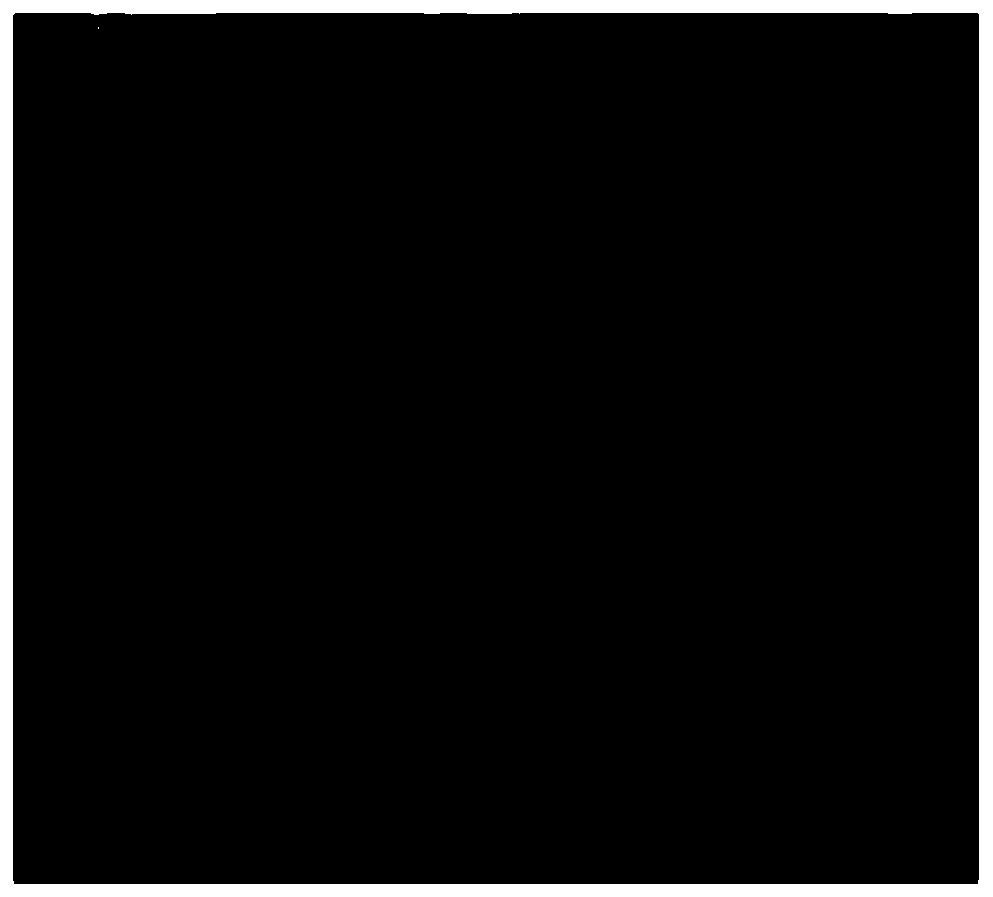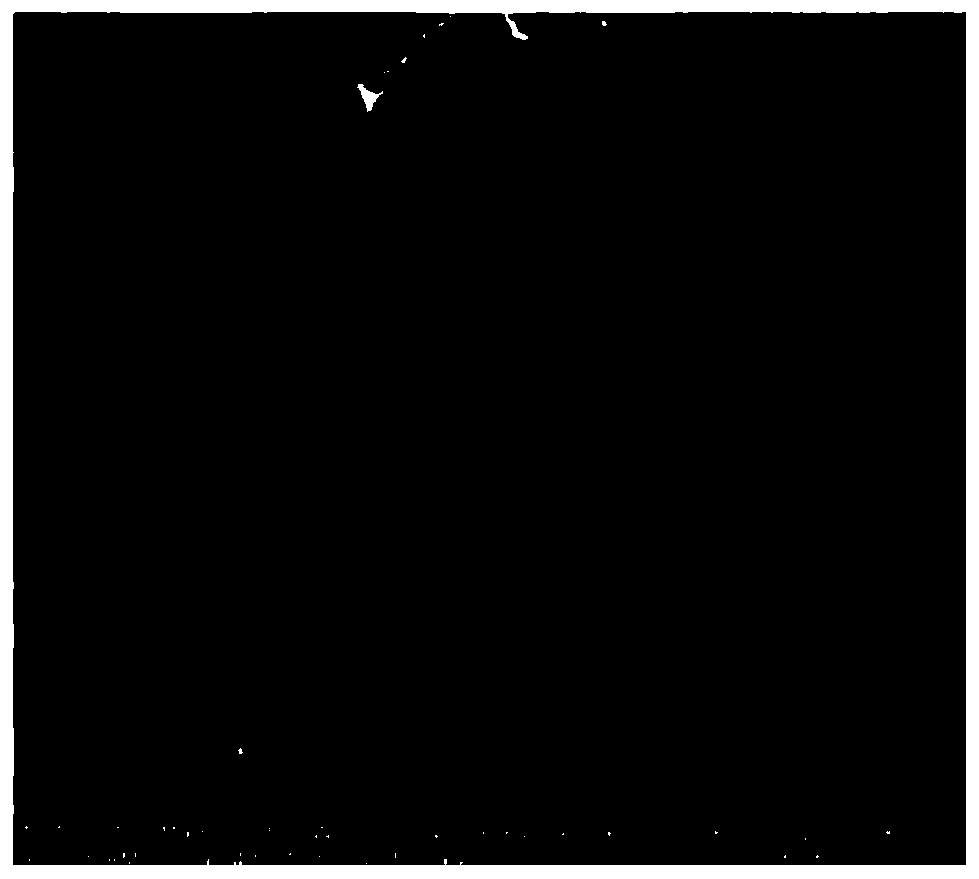Dyeing method using natural pigment for cationic-modified linen fabric
A linen fabric and natural pigment technology, applied in dyeing, textiles and papermaking, can solve the problems of low coloring rate and low color fastness
- Summary
- Abstract
- Description
- Claims
- Application Information
AI Technical Summary
Problems solved by technology
Method used
Image
Examples
specific Embodiment approach 1
[0017] Specific embodiment 1: The dyeing method of natural pigment based on cationic modified linen fabric of this embodiment is carried out according to the following steps:
[0018] 1. Using the acetic acid-sodium acetate buffer solution with pH 4.5-5.5 as the solvent, configure the cellulase solution with a concentration of 10-20g / L; dip the linen fabric into the cellulase solution, the bath ratio is 1: (15-16), heat up to 45~55℃ for 3~5h, take out the linen fabric, wash with water until it is neutral, dry, and complete the pretreatment;
[0019] 2. According to the cationic modifier concentration of 20g / L~40g / L and the sodium hydroxide concentration of 10g / L~15g / L, add the cationic modifier and sodium hydroxide to the water and mix well to obtain the modification. Solution of the modifier; the cationic modifier is (3-chloro-2-hydroxypropyl) trimethylammonium chloride (CHPTMAC); the pretreated linen fabric is immersed in the modifier solution, the bath ratio is 1 : (30~50), hea...
specific Embodiment approach 2
[0022] Specific embodiment two: this embodiment is different from specific embodiment one in that the dye accelerant in step three is sodium chloride; the other is the same as that in specific embodiment one.
specific Embodiment approach 3
[0023] Specific embodiment three: This embodiment is different from specific embodiment one or two in that the natural pigment dye described in step four is oak bowl tannin or bayberry tannin; others are the same as specific embodiment one or two.
PUM
 Login to View More
Login to View More Abstract
Description
Claims
Application Information
 Login to View More
Login to View More - R&D
- Intellectual Property
- Life Sciences
- Materials
- Tech Scout
- Unparalleled Data Quality
- Higher Quality Content
- 60% Fewer Hallucinations
Browse by: Latest US Patents, China's latest patents, Technical Efficacy Thesaurus, Application Domain, Technology Topic, Popular Technical Reports.
© 2025 PatSnap. All rights reserved.Legal|Privacy policy|Modern Slavery Act Transparency Statement|Sitemap|About US| Contact US: help@patsnap.com



